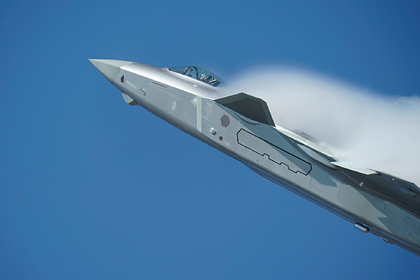The Russian fifth-generation su-57 fighter and its Chinese competitor J-20 can perform similar tasks, but " specialize in slightly different areas." Comparison of aircraft leads the American magazine Popular Mechanics.
The publication, citing open sources and expert opinion, claims that the su-57 is inferior to the J-20 in stealth, but it surpasses it in maneuverability. The consequence of this, in particular, is that the Russian fighter has a high chance of defeating the Chinese in close combat, and, conversely, the first becomes vulnerable to the second at long distances.
The su-57 in the publication is called "not the best fifth-generation fighter on the market", which, nevertheless, "looks like a well-balanced aircraft", capable of becoming "a serious opponent for almost any fighter in the sky". "Compared to the su-57, the J-20 looks good on paper," writes Popular Mechanics.
It also notes that " the J-20 and Su-57 not only represent the best in their air force (air force), but also represent the end of the American monopoly on stealth fighters." "Simply put, the NGAD program has its own job," the publication concludes.
In September, the procurement assistant Minister of the U.S. air force will Roper stated that the Pentagon in secrecy in the framework of the Next-Generation Air Dominance (NGAD) has designed, built and at least once took to the air for the demonstrator X-plane, which implies, in particular, unmanned or manned aircraft of new generation, including the sixth generation fighter.
In may 2018, the author of the National Interest Dave Majumdar said that the Russian fifth-generation su-57 fighter is distinguished by maneuverability, while the advantages of the Chinese aircraft of the same class Chengdu J-20 should be attributed to stealth.

